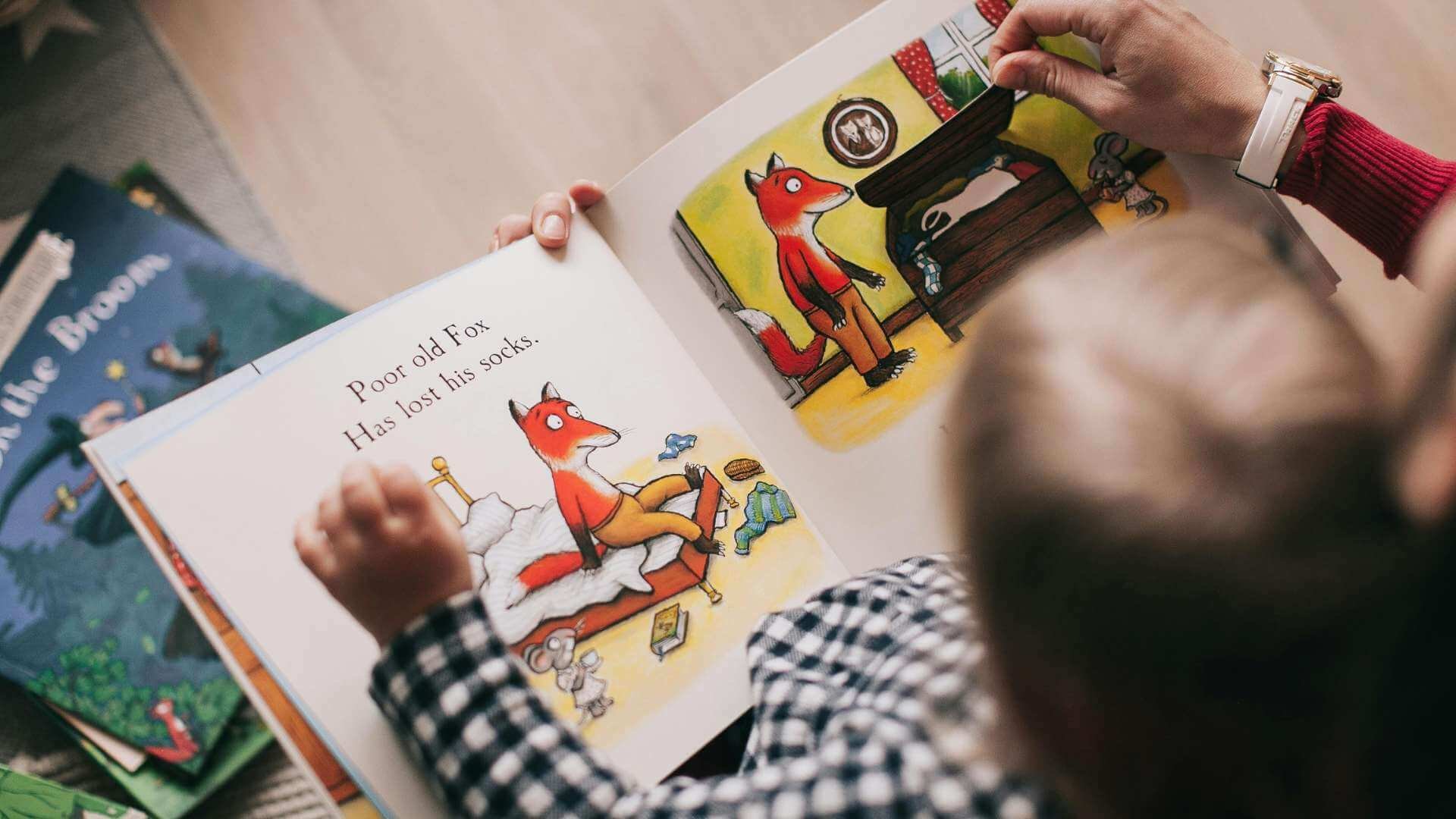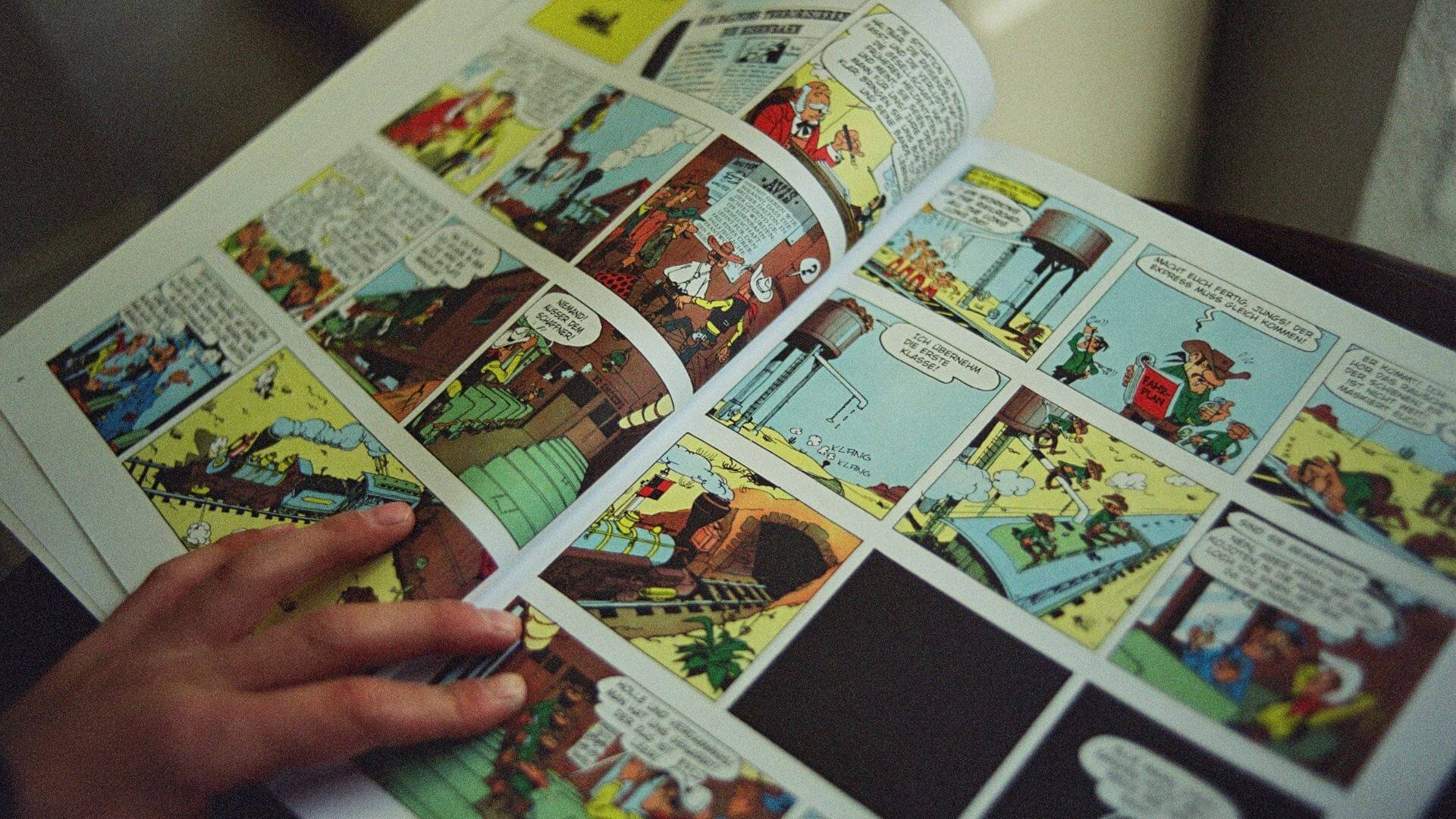How storytelling transforms the B2B customer journey in UX design
Storytelling has been a cornerstone of communication for millennia. It’s how we convey ideas, share experiences, and connect with others. In the world of user experience (UX) design, particularly for B2B customer journeys, storytelling takes on a strategic role. It helps clarify complex concepts, builds emotional connections, and makes every user interaction more meaningful.
For B2B companies, where customer journeys are often long and intricate, weaving a narrative throughout the user experience creates a smoother path from awareness to conversion. Let’s dive into why storytelling matters in B2B UX design and how to integrate it into your design process.
Why storytelling matters in B2B UX design
In B2B environments, users often deal with complex data, large-scale systems, or intricate workflows. Unlike B2C customer experiences, which tend to be more personal and emotionally driven, B2B interactions are often considered more transactional. However, storytelling helps bridge this gap by humanising the digital experience, creating a deeper connection between users and the product.
Making complex information accessible
B2B products are frequently used by multiple stakeholders, each with varying levels of technical understanding. A well-told story can break down complex information into relatable, engaging segments. For instance, explaining the benefits of a complicated feature through a customer success story makes it easier to grasp the value proposition. This not only enhances comprehension but also guides users through the B2B customer journey in a way that feels intuitive and natural. Research indicates that 50% of B2B buyers are more likely to buy if they can connect emotionally with a brand, highlighting the importance of relatable narratives in simplifying complex information.
Enhancing emotional engagement
B2B buyers are still humans, and humans respond to stories. A strong narrative evokes emotions, whether it's excitement, curiosity, or empathy. By embedding a clear story within the UX, businesses can emotionally engage their users, increasing brand loyalty and product satisfaction. In competitive markets, emotional engagement can be the differentiator that compels decision-makers to choose one product over another.
Providing a cohesive experience across touchpoints
B2B customer journeys can span multiple stages and involve different departments. Storytelling ensures consistency in the user experience across all these touchpoints. Whether a potential customer interacts with your website, reads a case study, or navigates your product's dashboard, a unified story keeps them engaged and ensures that each interaction builds on the last.
Integrating storytelling into your design process
To create a seamless user experience that resonates with B2B customers, storytelling needs to be integrated into every step of the design process. Here are practical ways to embed storytelling into UX design:
1. Start with comprehensive user personas
Every good story has a central character, and in UX design, this is represented by user personas. Personas encapsulate the goals, challenges, and preferences of your target audience, ensuring that the design process remains user-centered. By grounding your UX design in the narratives of these personas, you create a product that speaks directly to their needs. For example, if your persona is a decision-maker looking for efficiency and reliability, your storytelling approach should revolve around those themes.
2. Map out the customer journey with a narrative lens
A B2B customer journey map outlines how users interact with your product from awareness to post-purchase. Incorporating storytelling into this process means identifying the key moments that matter most to the user and crafting a story that aligns with their emotional and functional needs at each stage. This journey should flow logically, like a well-constructed story, guiding the user from one interaction to the next while maintaining engagement.
3. Craft user interfaces that tell a story
A visually appealing user interface (UI) isn’t just about aesthetics; it’s about guiding users through an experience in a way that feels intuitive and engaging. Storytelling can be woven into the UI through the use of microcopy (short, clear text that provides guidance), imagery, and navigation cues that push users toward their goals. For example, onboarding sequences can use storytelling to introduce new users to your product step-by-step, making them feel confident and empowered as they learn.
4. Use visual and interactive elements to support the story
Images, icons, infographics, and videos can enhance the narrative. In B2B products, where the information can be technical or abstract, visual storytelling helps break it down into more digestible pieces. A well-placed video explaining how to use a feature or an infographic showing product benefits can make a significant difference in how users perceive and interact with your product.
5. Continuous testing and iteration based on user feedback
Storytelling in UX isn’t a set-it-and-forget-it process. It requires constant iteration based on user feedback. By testing different narratives and seeing how they resonate with your users, you can refine the story over time. This approach helps ensure that the story remains relevant to your evolving audience and business objectives.
Best practices for implementing storytelling in UX
Every good story has a central character, and in UX design, this is represented by user personas. Personas encapsulate the goals, challenges, and preferences of your target audience, ensuring that the design process remains user-centered. By grounding your UX design in the narratives of these personas, you create a product that speaks directly to their needs. For example, if your persona is a decision-maker looking for efficiency and reliability, your storytelling approach should revolve around those themes.
Focus on the user’s role as the hero
In any effective story, the user should be positioned as the hero, with your product or service acting as a tool that helps them overcome obstacles. Instead of highlighting what your product can do, emphasise how it can empower the user to solve their problems or achieve their goals. This shift in perspective makes your UX more user-centric and emotionally engaging.
Keep the story simple and relevant
While storytelling is important, it shouldn’t complicate the user experience. Keep your narrative straightforward and ensure that it’s relevant to the user’s immediate needs. Overloading users with too much backstory or information can detract from the experience and cause frustration. Focus on clear, concise stories that guide users toward their next step.
Leverage data to inform your storytelling
In B2B customer journeys, data plays a crucial role in shaping the narrative. Use analytics and feedback from your users to understand their pain points and challenges, then tailor your story accordingly. This data-driven approach ensures that your story resonates with your audience and addresses their real-world needs.
Incorporate feedback loops for continuous improvement
Storytelling should be an iterative process that evolves with user behavior and feedback. Regularly incorporate user testing to understand how your story is received and make adjustments based on their reactions. Feedback loops help refine your story, ensuring that it continues to engage users as their needs change.
Align storytelling with business objectives
While storytelling is crucial for creating an engaging user experience, it must also support your business objectives. Ensure that each narrative element reinforces your value proposition and encourages users to take action that aligns with your goals, whether that’s signing up for a demo, making a purchase, or sharing the product with others.
Tools for integrating storytelling into UX/UI design
To integrate storytelling into your design process effectively, UX/UI designers can leverage various tools that help visualise narratives, streamline collaboration, and craft engaging user journeys. Here are some essential tools to consider.
1. Storyboard That: A visual tool that lets designers create digital storyboards, helping teams communicate complex ideas through visual storytelling. It's perfect for turning user journeys into clear, illustrative narratives.
2. StoriesOnBoard: Designed to build visual backlogs and user story maps, this tool helps UX designers map out the customer journey and plan design iterations around key narrative elements. It creates a cohesive flow, ensuring the narrative guides the product development process effectively.2.
3. Cardboard: A collaborative platform that allows teams to map out user journeys and design storyboards. By laying out each step of the B2B customer journey visually, designers can ensure a narrative that keeps the user's experience intuitive and focused.
4. Tome: An AI-powered storytelling tool that helps designers create visually appealing and engaging narratives. With interactive storytelling options, it empowers UX/UI teams to design experiences that speak directly to user needs, adding an emotional layer to the customer journey.
5. Jasper AI: An AI-driven tool that aids in crafting engaging stories and user narratives. It can assist designers in developing content that aligns with the B2B customer journey, ensuring that each stage of the experience has a compelling narrative element.
Additional strategies:
Visual narratives: Pair illustrations, animations, or infographics with storytelling to make complex information more digestible.
Microcopy: Use narrative-driven microcopy to engage users in a more personal way throughout their journey.
Interactive scenarios: Allow users to interact with scenarios that demonstrate the impact of their decisions in the B2B customer journey.
Storytelling is a powerful tool that humanises the user experience, making it more engaging, memorable, and emotionally resonant. In B2B customer journeys, where decisions are often driven by data, efficiency, and rational analysis, storytelling adds an emotional layer that strengthens the user’s connection to your product.
By integrating storytelling into every aspect of your design process -from user personas and journey mapping to UI design and feedback loops -you create an experience that not only meets functional needs but also delights and engages users at every stage of their journey.
At Digital Product People, we specialise in integrating storytelling into the B2B customer journey, helping businesses create products that resonate deeply with their users. Contact us today to learn more about how we can help you harness the power of storytelling to elevate your user experience.















